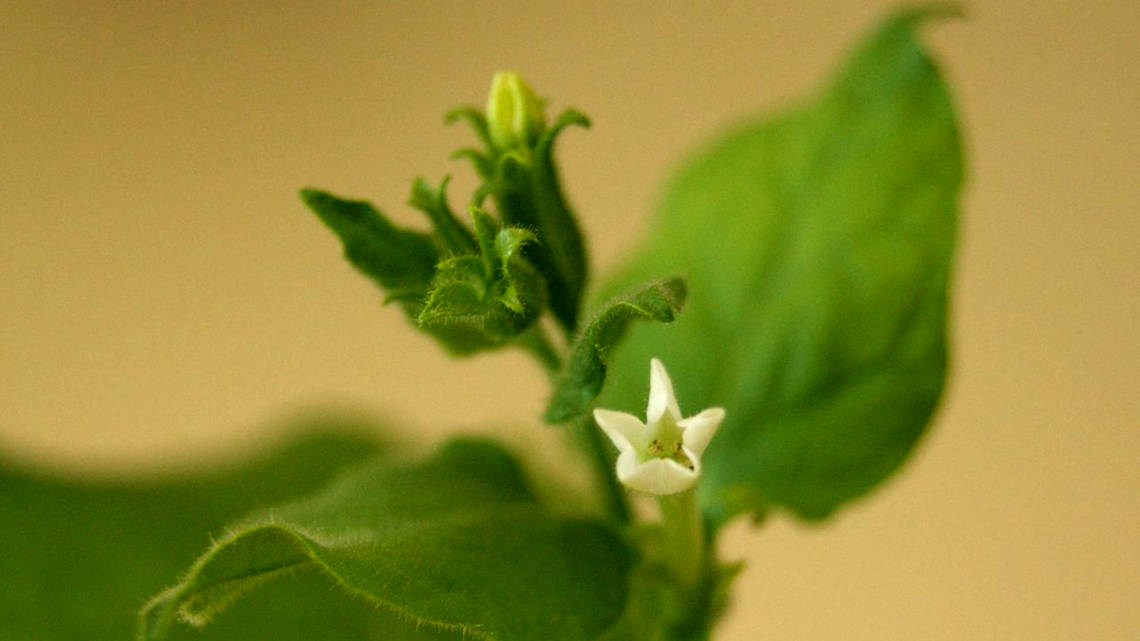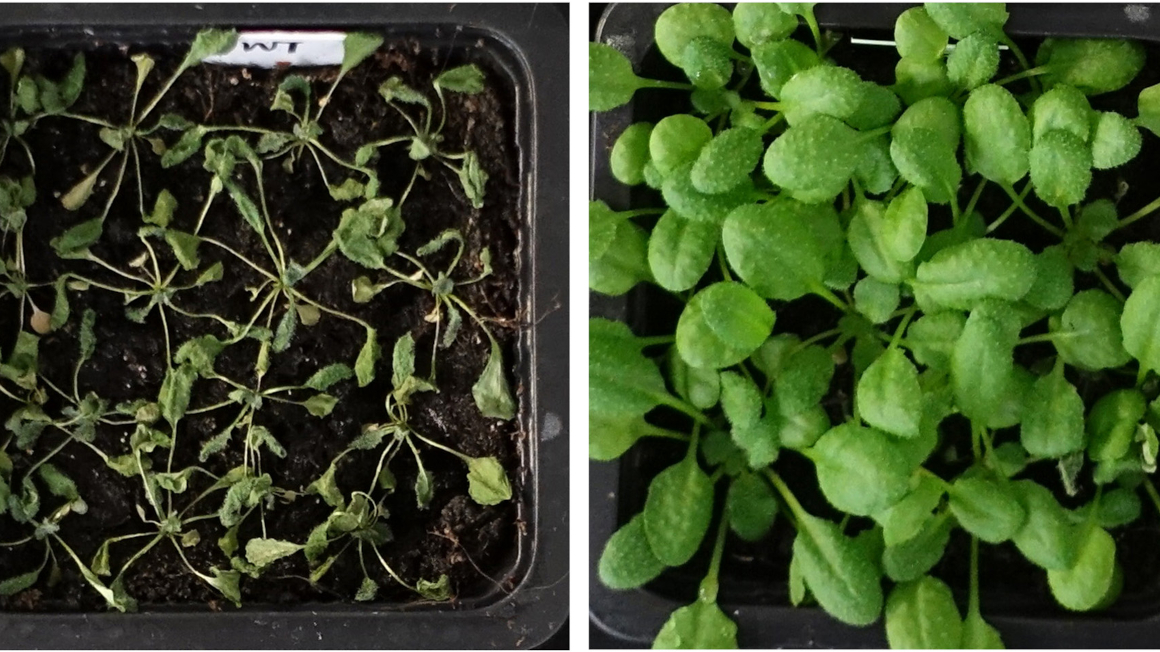Tobacco defends itself differently
Plant researchers at the University of Halle-Wittenberg have compared the immune response of tobacco with thale cress and discovered surprising differences.

The thale cress Arabidopsis thaliana serves plant researchers as a model organism because its genome is relatively simply structured. However, it is impractical if the model plant is not a good model for other plant species. Researchers have recently discovered that this may be the case with thale cress. A team from Martin Luther University (MLU) Halle-Wittenberg reported in the scientific journal "The Plant Cell" that the findings from thale cress cannot be transferred to the immune system of the wild tobacco Nicotiana benthamiana.
Interplay between pathogens and plants
In the millennia-old battle between pathogenic bacteria and plants, both sides have repeatedly adapted their arsenal of weapons to the enemy's tactics: Plant cells developed receptors on their surface that recognize when a harmful bacterium is present and then trigger an immune reaction. Bacteria then developed so-called effector proteins that prevent this immune response of the plants. However, many plants have developed mechanisms that detect the effector proteins in the cell interior and activate a strong immune reaction.
Same receptor, different protein complex
While these processes are well understood in thale cress, knowledge about the more complex wild tobacco is limited. The MLU researchers tested whether the so-called TNL receptors of the plant immune system work in the same way in the cells of both organisms. In thale cress, for example, they only fulfil their protective function in interaction with a specific protein complex. "This revealed an unexpected complexity," said the biologist Johannes Stuttmann. While a tobacco TNL receptor also functioned in thale cress, this did not apply to the genes of the protein complex. "In fact, tobacco plants require a different protein complex for the immune response induced by TNL receptors than Arabidopsis. The signalling pathways for immune reactions in different plants are obviously different," said Stuttmann.
Establishing tobacco as an additional model organism
Previously, plant researchers had assumed that the immune mechanisms between most plant species were largely identical, since the proteins involved had developed only slightly apart in evolutionary terms. The group now hopes to establish N. benthamiana as a model organism for these and other questions. The plant has several advantages that make it interesting for further research.
bl & siw


